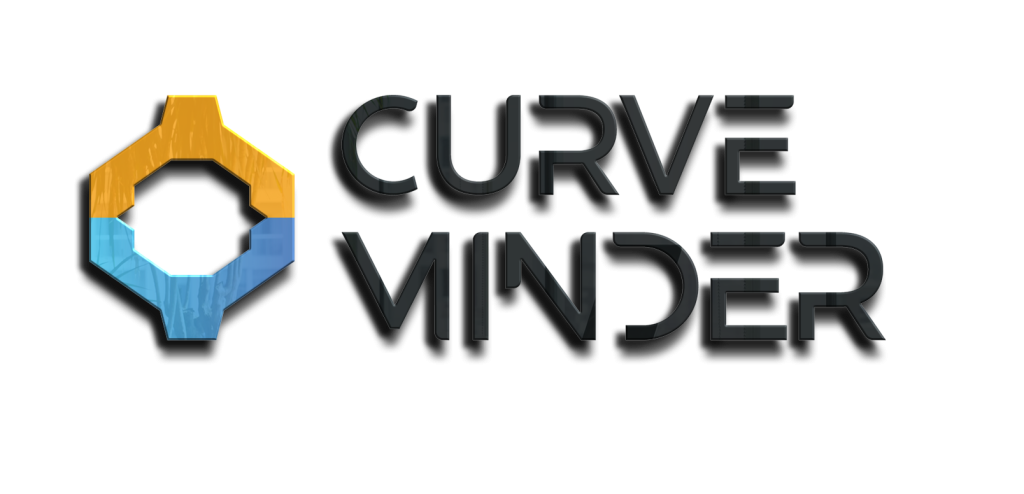Curve Minder is the results of countless hours research, collaboration, and development. In this blog, we plan to explore the details of our team collaborations and we’ll take you behind the scenes to explore how Curve Minder was brought to life. From the initial concept to the final product, we’ll show you how our team worked tirelessly to create a tool that’s revolutionizing spinal health.
The Research Phase
The development process of Curve Minder began with general research into the causes and effects of poor posture and spinal problems. Our team collaborated with medical professionals, experts, and the most efficient spinal health specialists to identify the key parameters that contribute to spinal deflection and other spine-related problems. We also conducted surveys and interviews with office workers, students, and drivers to understand their unique challenges and needs.
Prototyping and Testing
Following the identification of the problem, prototyping began. Numerous iterations of the seat cover were made, each with a different configuration of sensors and materials. Several tests were done in regards to sensor dynamics, accuracy and reliability, and comfort and durability of the seat cover. For instance, with one of the early prototypes, the idea was a single sensor to detect spinal deflection; however, this was found not to be accurate enough to provide helpful feedback. Yet another one gave us a multi-sensor design that integrates detecting pressure points along the spine, hips, and neck into an overall picture of user posture.
Collaboration and Innovation
Curve Minder was developed by a team, and thus, it represents some of the finest innovations available in its field. Regular team discussions to generate ideas, analyze problems, and push the bounds of possibilities were regularly held. The collaboration combines high technology with ergonomic principles in a single product, which makes it very competitive and at the same time, applicable. Its out-of-the-box thinking and restless striving for excellence of the team made the Curve Minder.
Development Meetings – The Heart of Innovation
The major contributing factor that ensured the success of Curve Minder was the continuous meetings for development purposes to introduce the team members to each other. They were not only about status updates, but were instead full-scale collaborative work. Ideas were presented, problems were identified, and solutions were reached. Right from the start, engineers cooperated with the designers, qui discuss product development and futures based on input from medical experts and marketers. For example, during one meeting an engineer proposed a new sensor design that would give the added benefit of precision. The design team proposed a more ergonomic seat cover for the comfort of end users.
The Challenges We Overcame
The design of Curve Minder was somewhat of a challenging task. The more that we thought about it, the more apparent it had been how a major obstacle arose in the way of getting the sensors to be reliable and accurate enough. From this experience, we learned that the first prototypes had several bugs and were inconsistent in their reaction, which made it difficult for users to trust the product. Tests were made with the sensor manufacturers to find better design options. The AI would also estimate parameters, which would greatly assist in collecting requisite data for better recommendations through the phone application. Making Curve Minder accessible was another challenge. We wanted it to be affordable, high-quality, and enjoyable for use. We started by working together in detail on developing the design and production process to keep down the cost.
Conclusion
Over many years of collaboration, hard work, and innovation-Curve Minder-a lifelong possible curved spine transformation tool, which from phenomenal ideas shaped through research finally to a product-was born. We are proud of our achievements, and we believe that Curve Minder will mark a most positive difference to spinal health care in the foreseeable future.

